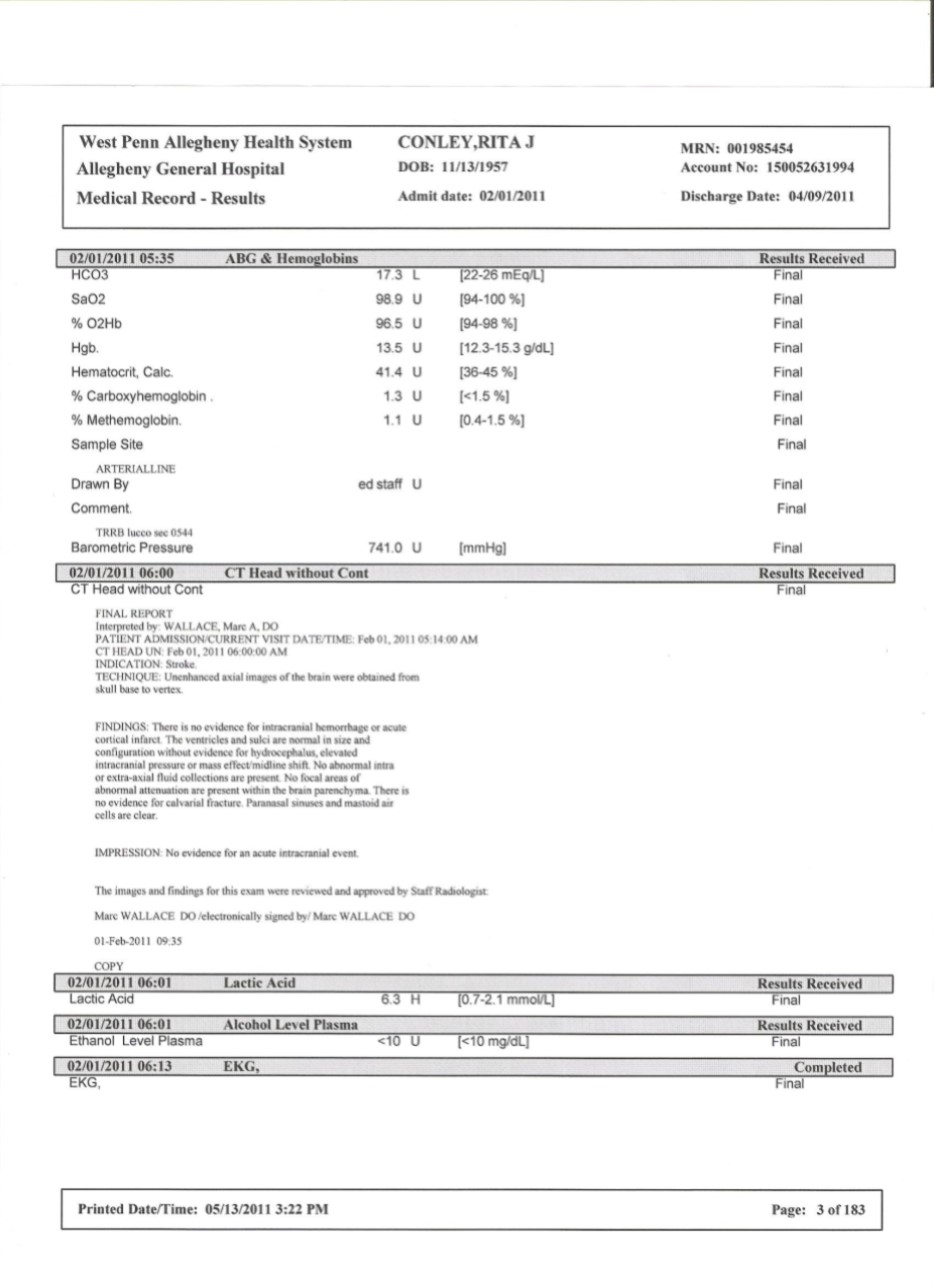

The process by which a signal on a cell’s surface is converted into a specific cellular response is a series of steps called a signal-transduction pathway.The two cells fuse, or mate, to form an a/? cell containing the genes of both cells.Once the mating factors have bound to the receptors, the two cells grow toward each other and undergo other cellular changes.These factors each bind to receptor proteins on the other mating type.There are two sexes, a and ?, each of which secretes a specific signaling molecule, a factor and ? factor, respectively.

Saccharomyces cerevisiae, the yeast of bread, wine, and beer, identifies potential mates by chemical signaling.

One topic of cell “conversation” is sex. We will first consider communication in microbes, to gain insight into the evolution of cell signaling.Ĭell signaling evolved early in the history of life. What messages are passed from cell to cell? How do cells respond to these messages?. Cells most often communicate by chemical signals, although signals may take other forms.Ĭoncept 11.1 External signals are converted into responses within the cell. The ubiquity of these mechanisms provides additional evidence for the evolutionary relatedness of all life. Biologists have discovered universal mechanisms of cellular regulation involving the same small set of cell-signaling mechanisms. Communication between cells is also important for many unicellular organisms. Cells must communicate to coordinate their activities. Cell-to-cell communication is absolutely essential for multicellular organisms.







 0 kommentar(er)
0 kommentar(er)
